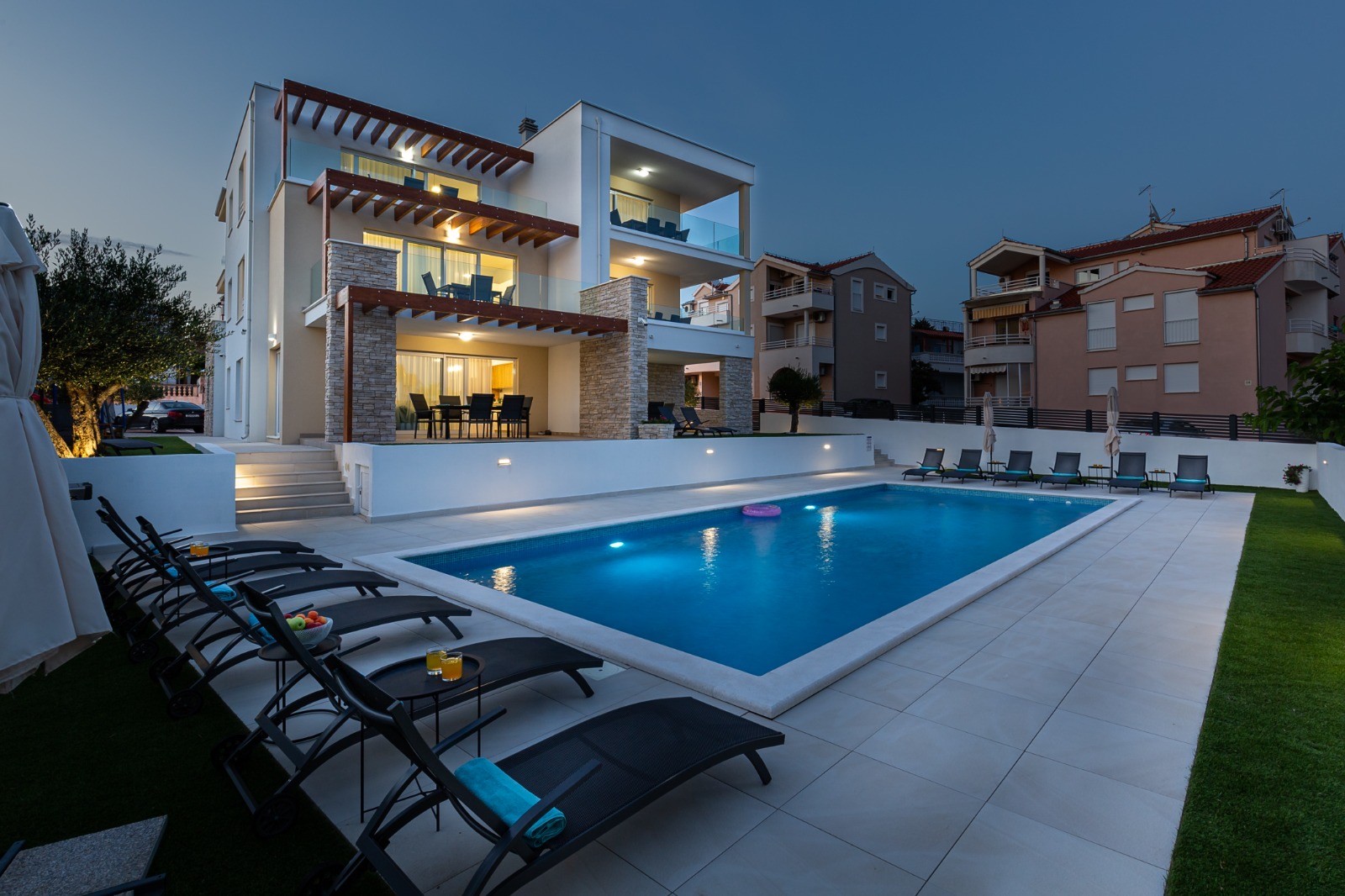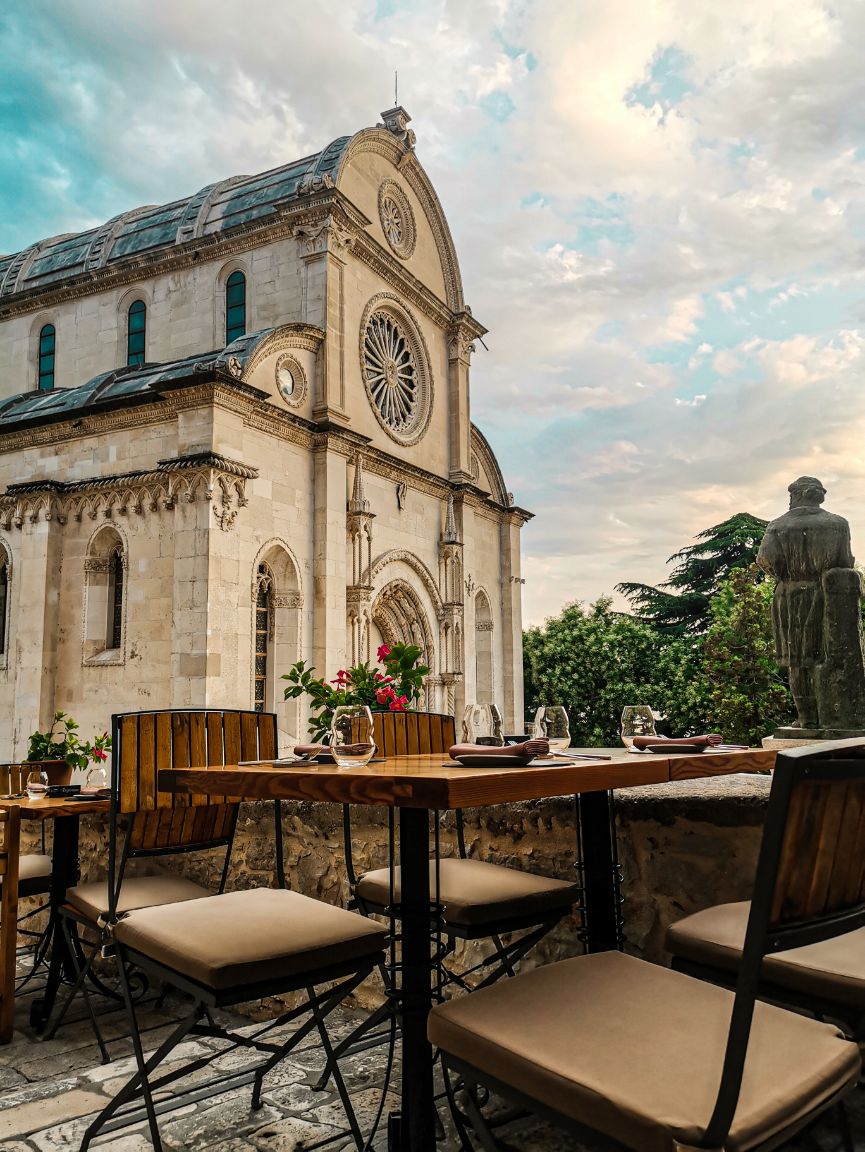
Vodice Sightseeing
View MoreVodice is located 11 km from Šibenik
Vodice - Šibenik Area
Vodice, located just 11 km from Šibenik, is the perfect vacation spot for everyone. With over 60 years of tourism tradition, Vodice is a Dalmatian town rich in cultural and historical monuments. Stroll through the narrow streets, explore churches, and admire the stone houses.Don’t miss the chance to experience Vodice’s cultural heritage, including Rašina bunja, the summer home of the Vrančić family, and notable archaeological sites like Ograđenica, Rakitnica, and Opekarska peć.Beaches: The famous Blue Beach is recognized with the Blue Flag, symbolizing crystal-clear waters. The shallow sea makes it perfect for children. In summer, enjoy activities like volleyball, parasailing, sailing, jet skiing, and more. A diving school and sailing school are also available.
Places to visit


Šibenik
Fortress Saint Mihovil
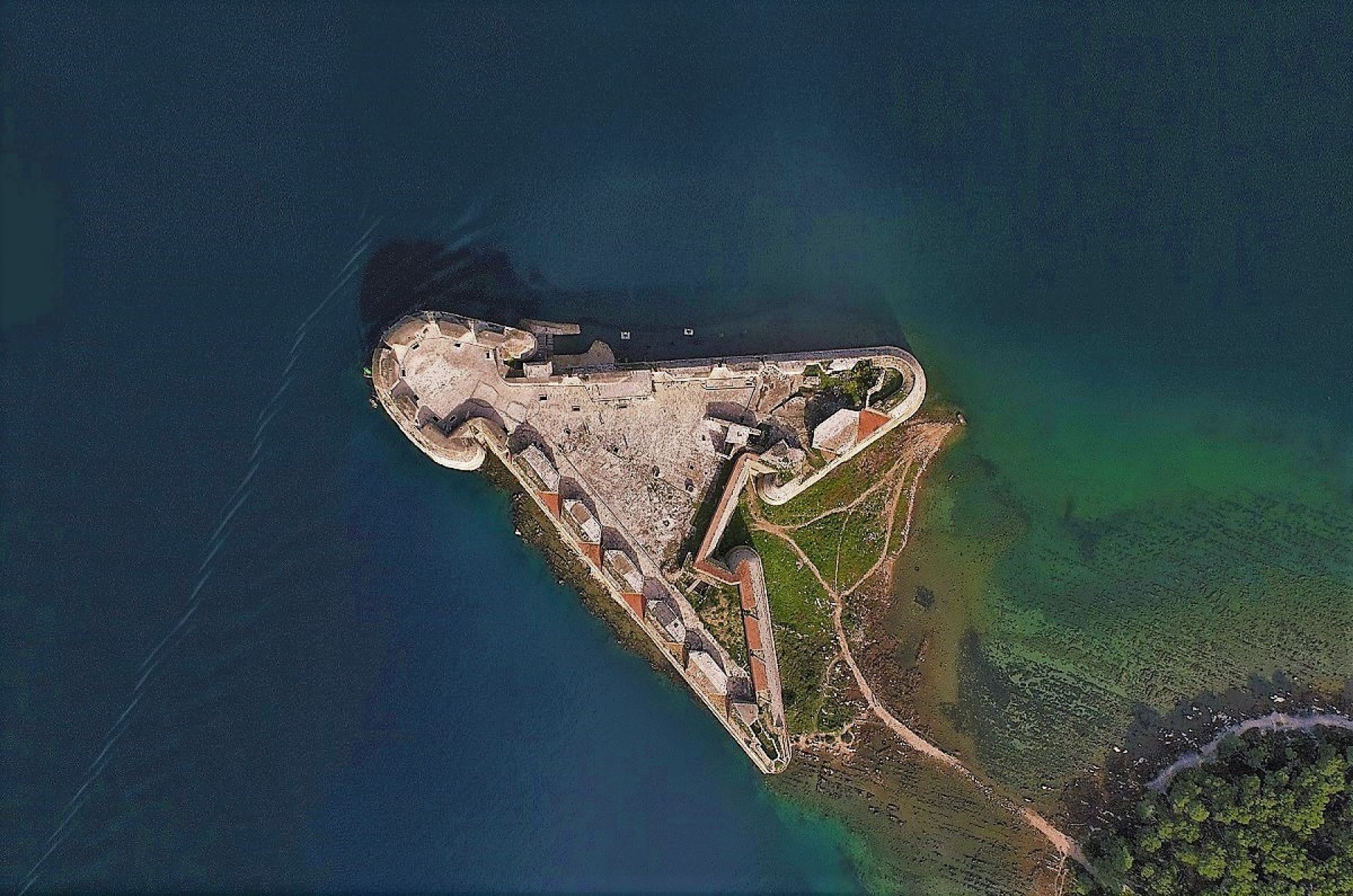
Šibenik
Fortress Saint Nichola
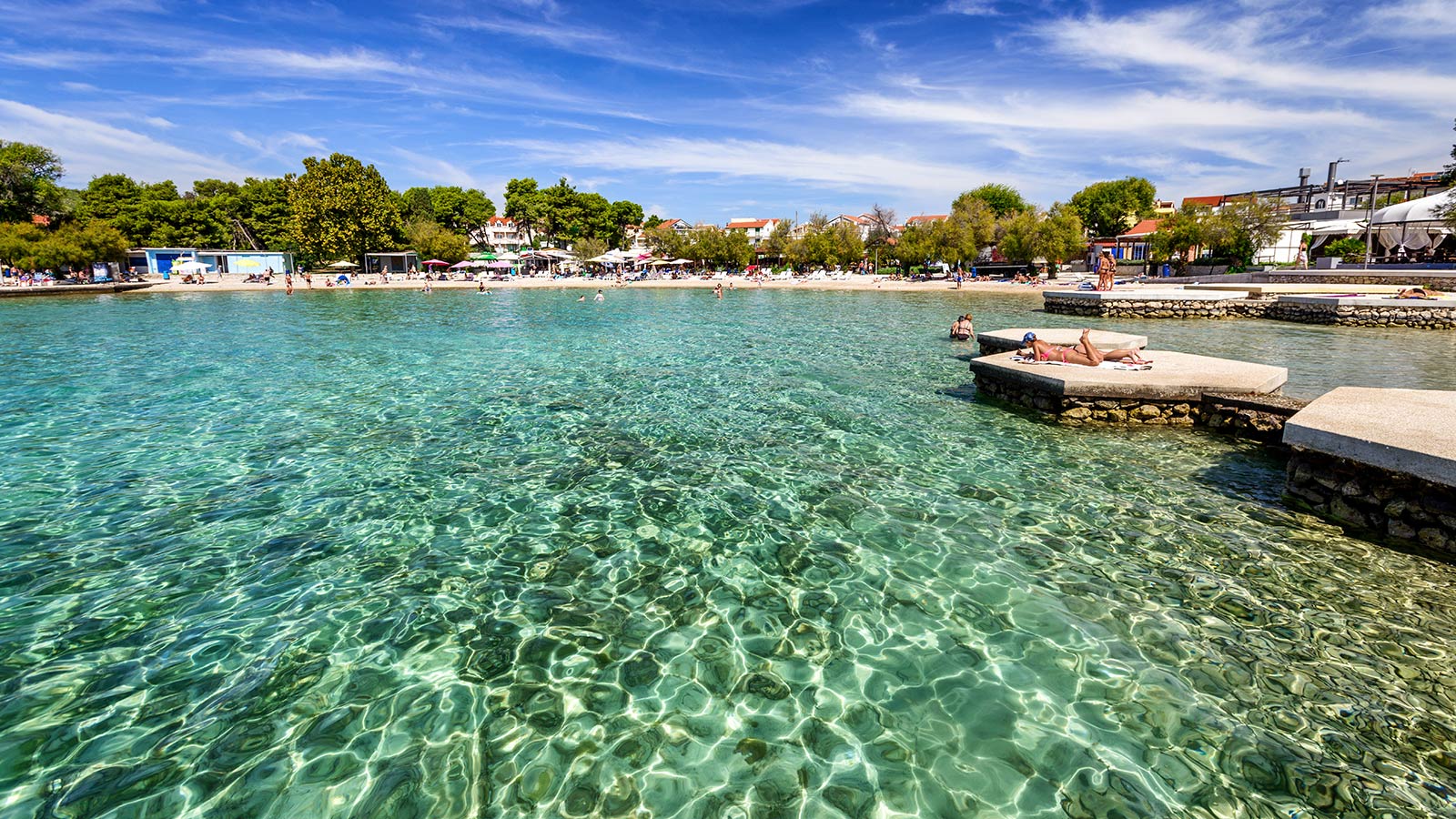
Sightseeing
Vodice Beaches
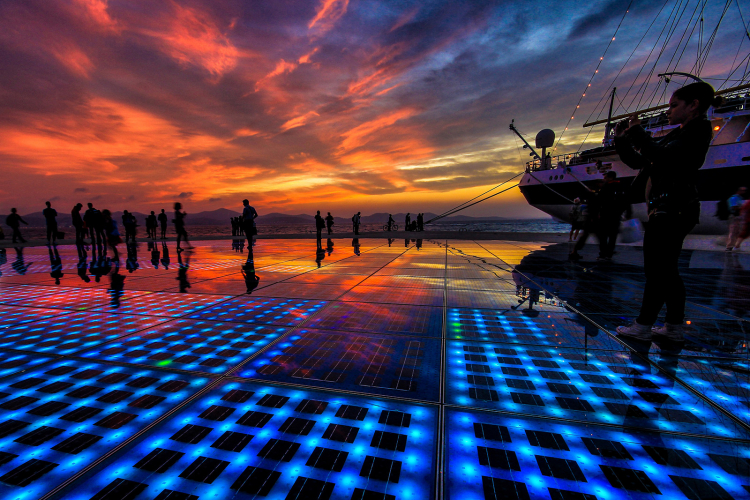
Sightseeing
Zadar Sunset
Socio-cultural center of Šibenik-Knin County
Town Šibenik
Šibenik, the socio-cultural center of Šibenik-Knin County, is located in an indented bay that is influenced by the river Krka. The island part consists of numerous islands, islets and cliffs, as many as 242. The most famous and most indented among them are certainly the Kornati, which stand out for their natural beauty.
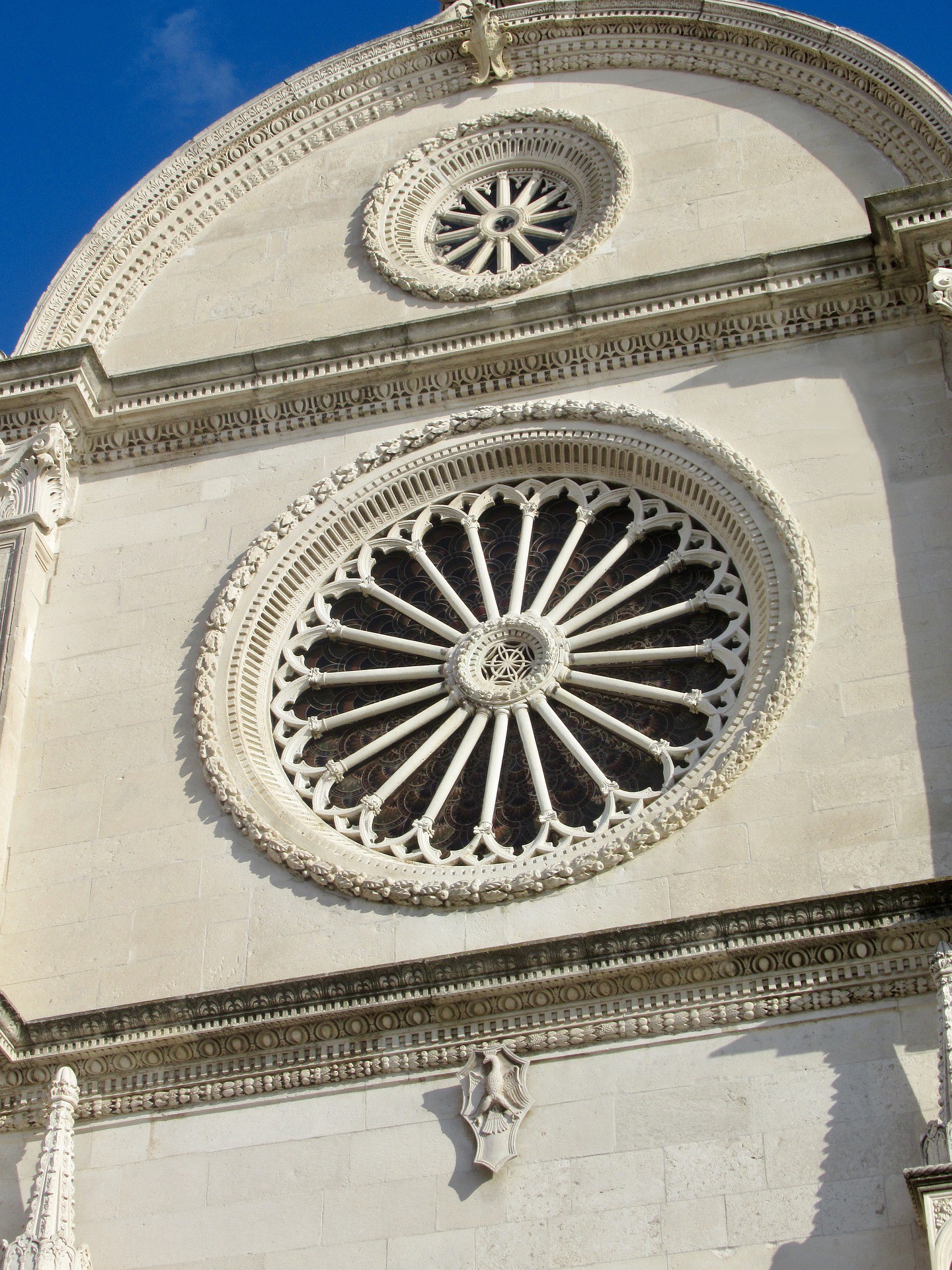
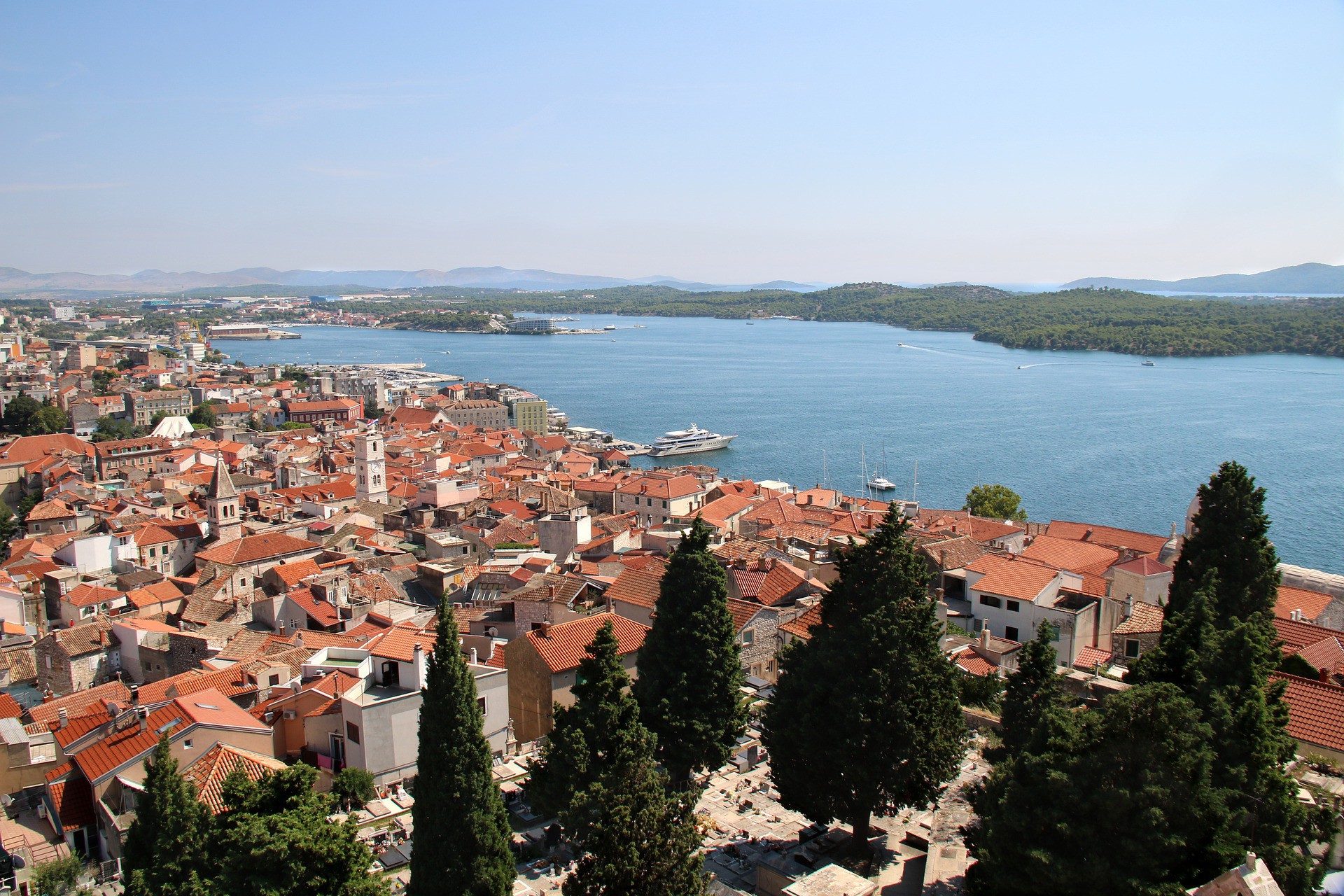
Among the cultural and historical sights, it boasts two monuments under UNESCO protection: the Cathedral of St. James and the Fortress of St. Nicholas. National parks, Krka and Kornati are part of the natural beauty that you should not miss. There are as many as three fortresses in the town itself: St. John, St. Michael and Baron, while the fortress of St. Nicholas is responsible for the beautiful view of Šibenik itself.
St. Nicholas Fortress was built to protect the city from Turkish attacks. Built in the 16th century, the typical Venetian building "alla modern" has only recently been added to the UNESCO World Heritage List. Its special feature is that it was built on a 2000 meter long canal, the only place through which one could enter the Šibenik Bay. In this way the defense of the city was completely controlled. It belongs to the most fascinating naval military buildings on the Adriatic.
St. Jacob's Cathedral is the most important building on Croatian soil dating from the 15th and 16th centuries. The construction of the cathedral lasted for 105 years with interruptions and was built entirely of stone and as such is the only one in Europe. It is known for the sculptures of 71 heads made by Juraj Dalmatinac, and it is believed that these are his individual portraits.
Second largest city in Dalmatia
Town Zadar
Zadar, the center of Zadar County and the second largest city in Dalmatia, is 63 km from Villa Corcovado. Its city walls have been on the UNESCO World Heritage List since 2017. You should definitely not miss seeing the new symbol of Zadar - Greeting to the Sun.
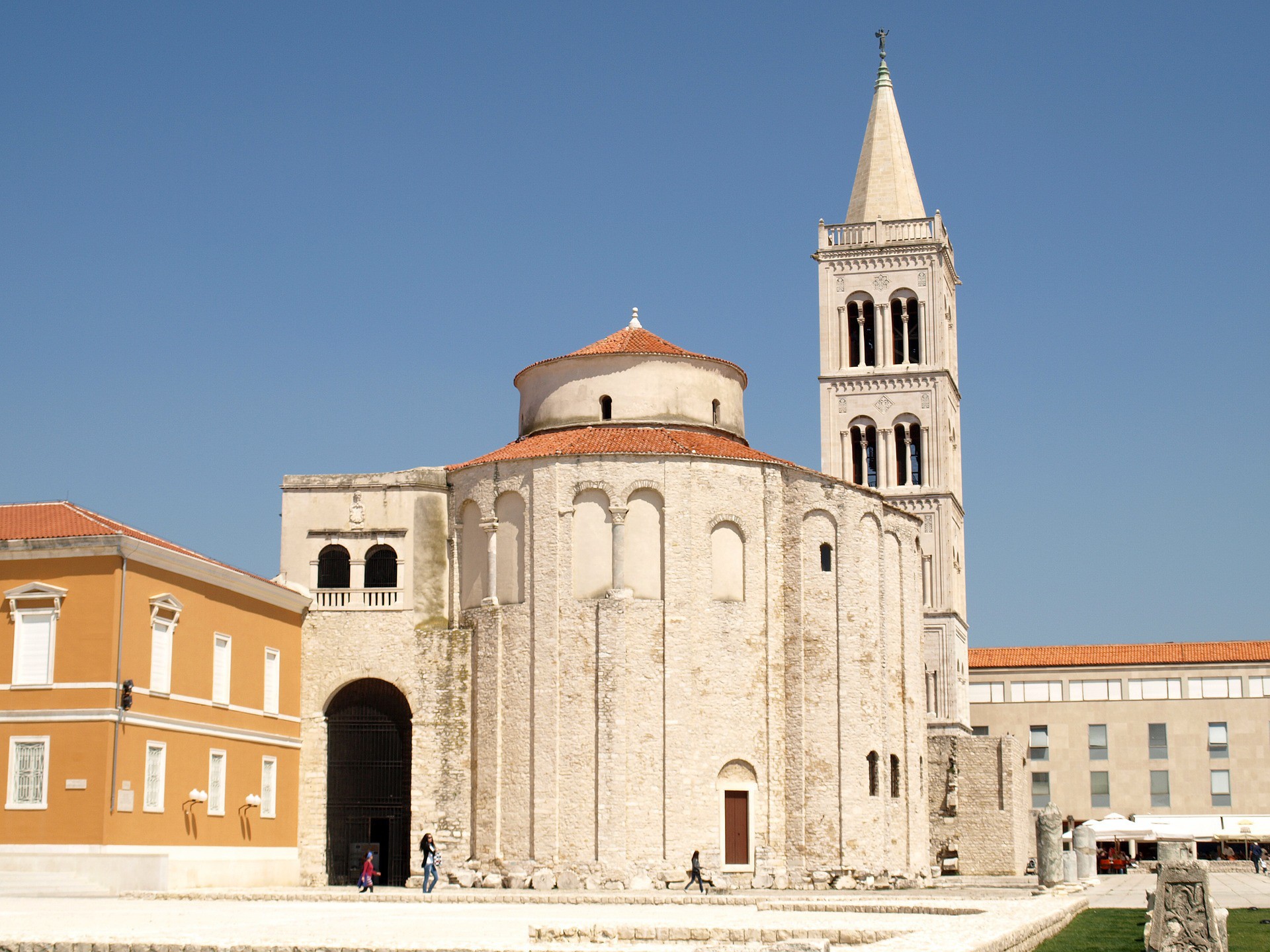
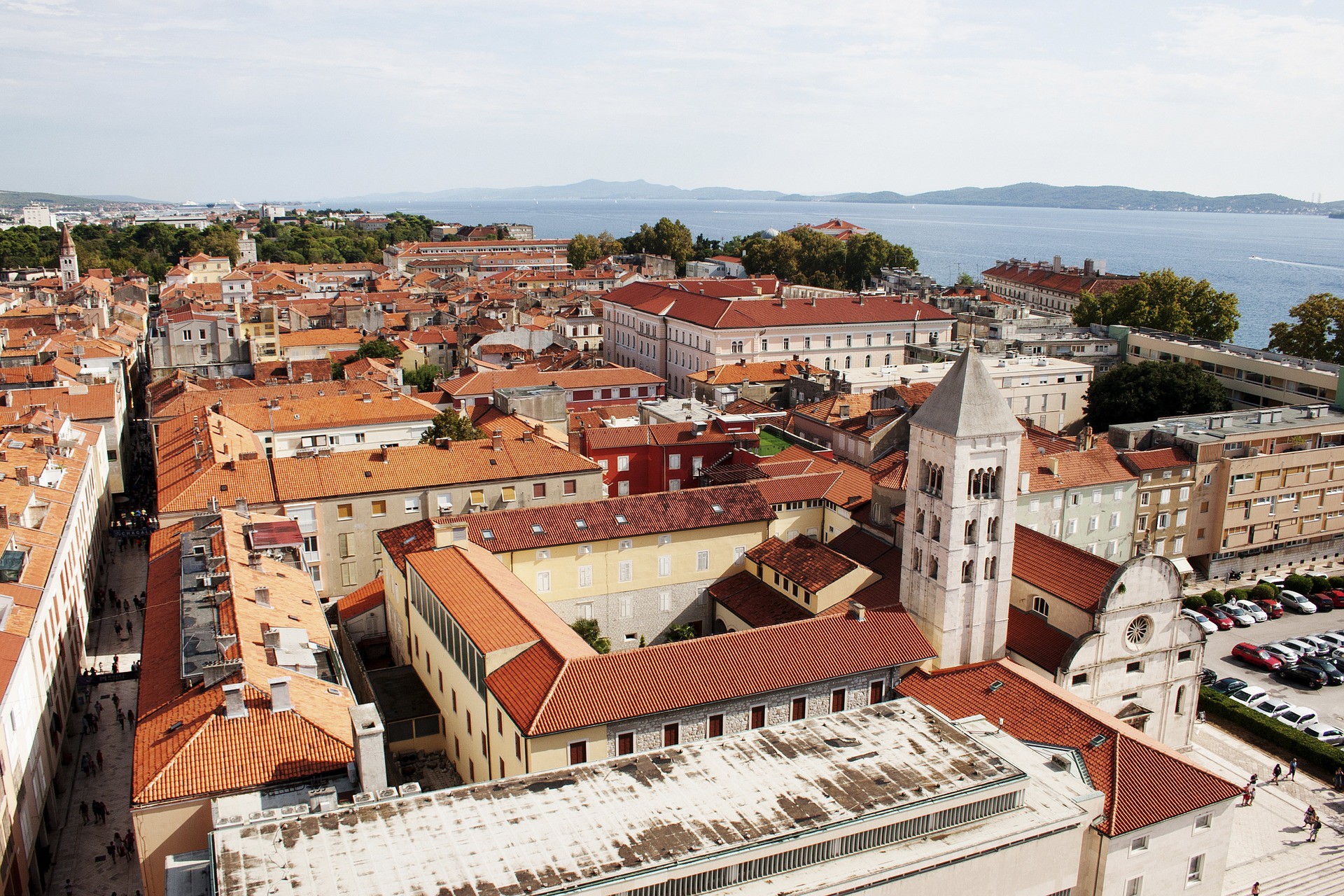
The tourist attraction is built of 300 multi-layered glass panels in the shape of a circle 22 meters in diameter. During the day, it collects the energy of the sun and converts it into electricity, which is then used in and around the installation during the night. Nearby is the Sea Organ, in which the sound is created under the influence of the sea, that is, tides.
The Church of St. Donatus is still the most famous monument in Zadar. Although it has not been in a sacral function for a long time, due to its exceptional acoustic characteristics, it is home to many music festivals. It is the largest pre-Romanesque building in Croatia. The special cylindrical shape of this two-sided interior stands out among other buildings, both in shape and in the interior, which is adorned with the remains of the ruins of the Roman Forum.
